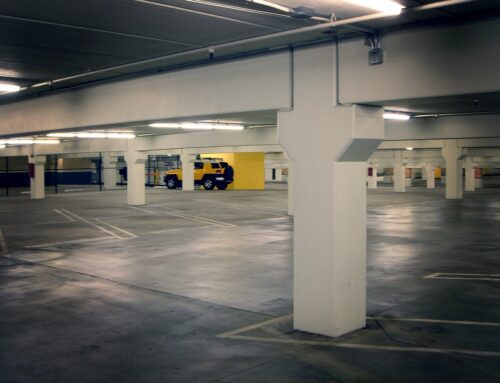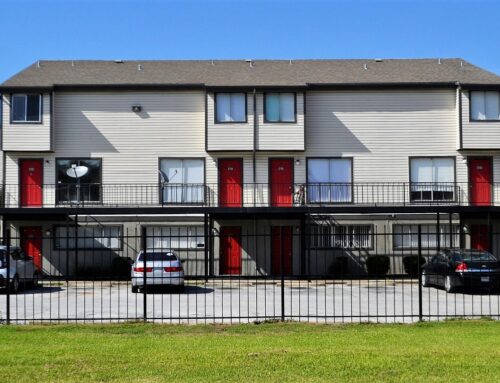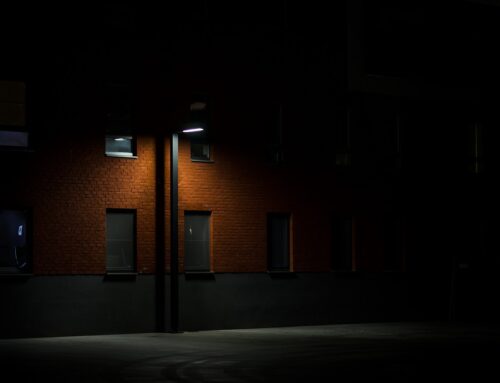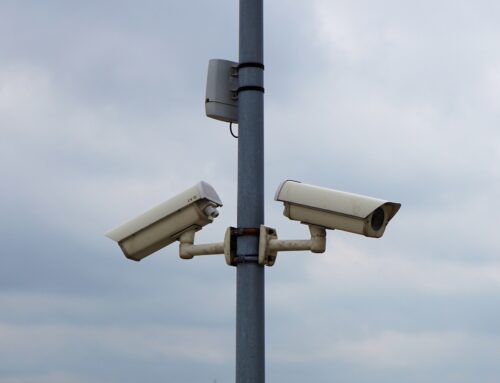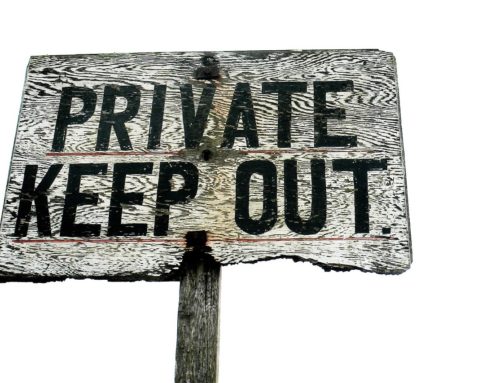If you are a commercial building owner, you have to be vigilant in making sure that your business is compliant with all codes and laws. However, it is also necessary that you take the right steps to proactively ensure the physical safety and security of your tenants, customers, employees and guests.
When creating a physical security strategy for your property, you need to address three levels – the outer perimeter, the inner perimeter, and the interior of the building. Your best and most effective course of action is to try to have redundant protections at each level.
Examples of Possible Premises Security Measures
The Outer Perimeter: The outer perimeter of your property is determined by actual property lines. Depending on your type of business, the needed security at this level will differ. For instance, if you have a factory with dangerous machinery and chemicals, you may have a security gate and a barbed wire fence. If you own a condo complex, you may have gated access to the parking lot and a fence around the entire property. In other cases, such as a shopping center, hedges between the street and the parking lot may suffice.
When it comes to access to your building, many property managers employ natural access control. This concept uses the building’s structure and landscaping elements to guide and “channel” people into desired entrances, limiting the number of areas you need to provide security. If you want to keep intruders down, make it difficult to access all but one or two entrances and exits.
The Inner Perimeter: Your inner perimeter is defined as the structure of the property – the doors, windows, and walls. This level of security is typically accomplished with locks, keys, alarm systems, and the like. Standard keys and locks have proven too insecure for most, for several reasons. Not only is a traditional lock too easy to breach for seasoned intruders, but they leave no electronic record of who entered the property. Electronic access control systems have proven useful for many – whether a basic systems such as a key fob or card key combined with a password; or more advanced biometric systems.
The Interior: The interior of your building includes the lobbies, corridors, elevators and other common areas. In addition to manned security, most business owners choose to cover these areas with security cameras. Cameras can provide video evidence of any crime committed and allow police after the fact.
All three of these areas, in fact, should have video camera coverage. Just as importantly, a business owner should make sure that every part of the property – parking lots, garages, lobbies, garbage disposal areas, hallways – are well lit at all times. Motion sensors can be installed to save energy, only illuminating the space when an individual approaches.
Why it Matters
As a commercial property owner, you may be considered liable for any accident, injury, assault, theft, or crime which occurs on your property. If it is found that your were negligent or did not provide an acceptable or reasonable level of security, you may find yourself at the wrong end of a lawsuit. By maintaining a well-lit and secure building, restricting access, providing security and have video surveillance, you protect not only your tenants and clients – but yourself. Making sure proper premises security measures are in place is your best protection.
If you have suffered an injury (or were the victim of a crime) and think that it may be premises related, call the attorneys at Probinsky & Cole. We will discuss the merits of your case with you and help you decide how to proceed. We wish you a happy and safe holiday season.


